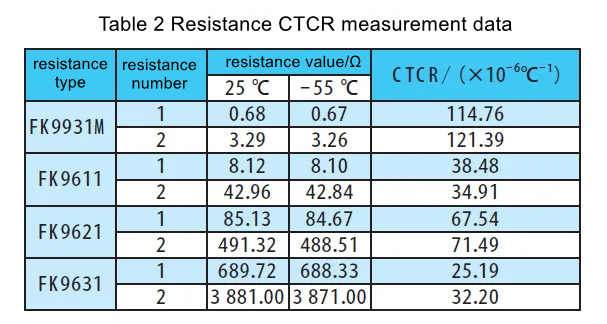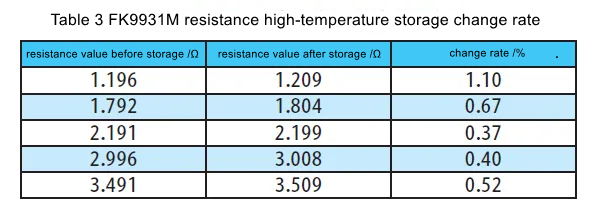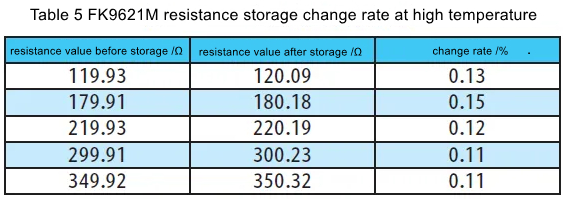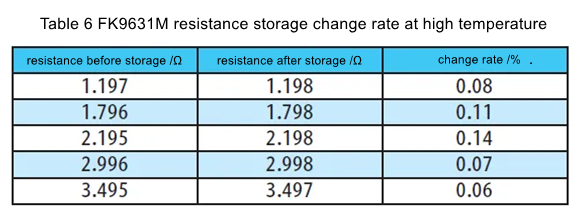With the continuous progress of microelectronics packaging technology, the power and integration of electronic components have significantly increased, which has led to a significant increase in the heat generation per unit volume, which has put forward more stringent requirements for the heat dissipation efficiency (that is, its heat conduction performance) of the new generation of circuit boards. At present, researchers are working to develop a variety of ceramic substrate materials with high thermal conductivity, including aluminum nitride (AlN), silicon carbide (SiC) and beryllium oxide (BeO). However, BeO is environmentally limited due to its toxicity; SiC is not suitable for use as substrate material because of its high dielectric constant properties. In contrast, AlN is the preferred substrate material choice due to its similar thermal expansion coefficient and moderate dielectric constant to silicon (Si) materials.
Traditionally, thick film slurps are mainly designed for alumina (Al2O3) substrates, but the composition of these slurps is prone to chemical reactions when in contact with AlN substrates, producing gases, which poses a serious threat to the stability and performance of thick film circuits. In addition, since the coefficient of thermal expansion of the AlN substrate is lower than that of the Al2O3 substrate, directly applying the slurry and sintering process suitable for the Al2O3 substrate to the AlN substrate will lead to the problem of thermal expansion mismatch, which will affect the performance of the circuit. Therefore, it is not advisable to simply copy the material system and production process of the Al2O3 substrate to the AlN substrate. This paper describes in detail the fabrication process of the resistance designed for AlN substrate, and studies and analyzes the performance of the resistance.
resistance temperature coefficient measurement
The resistance temperature coefficient (TCR) represents the relative change of the DC resistance value of the resistor at the test temperature to the DC resistance value at the reference temperature, that is, the relative change of the resistance value ΔTCR for every 1 ° C temperature between the test temperature and the reference temperature:

Where: R1 is the resistance value at the reference temperature; R2 is the resistance value at the test temperature. T1 is the reference temperature; T2 is the test temperature.

The thick film resistance on the AlN substrate was measured by TCR. The high temperature temperature coefficient (HTCR) test data were shown in Table 1, and the low temperature temperature coefficient (CTCR) test data were shown in Table 2. From the test data, it can be seen that the design size has a certain effect on the temperature coefficient of the resistance. All the resistance models have a positive temperature coefficient on this AlN substrate, and the TCR of FK9931M is less than 150×10-6/℃, and the remaining models are less than 100×10-6/℃.

resistance stability assessment
Resistance can be regarded as a three-dimensional network structure composed of many conductive chains. When the resistance layer is subjected to tension, the more fragile conductive chain will break or locally elongate, so that the overall conductive capacity will be reduced and the resistance value will be increased. Conversely, when the coefficient of thermal expansion of the resistance layer is obviously smaller than that of the substrate, the stress inside the resistance layer is pressure. When the resistance layer is subjected to pressure, the contact between the particles will be tighter, and even a new conductive chain will be added, thus enhancing the conductive ability of the entire thick film resistor, and the resistance value will be reduced on the macro level. Because the thick film resistor is firmly bound to the substrate and the stress release is slow, the resistance value will change when the thick film resistor is stored at a certain temperature. The greater the difference between the thermal expansion coefficient of the thick film resistance and the substrate, the greater the stress inside the thick film resistance, and the greater the change rate of the thick film resistance when stored at high temperature.

According to different design sizes, four kinds of square resistance resistors were printed on the AlN substrate, and the resistors were adjusted by laser. After temperature storage at 150℃ and 1000h, the change of resistance values before and after temperature storage was compared. The resistance of each square resistance measures the resistance value of five resistors. As can be seen from Table 4 to Table 6, the resistance value change rate is less than 1.5% after being stored at high temperature.



In summary, with the rapid development of microelectronics packaging technology, the power and integration of electronic components have achieved a qualitative leap, but also put forward unprecedented challenges to the heat dissipation efficiency of the circuit board. Researchers have actively responded to this challenge by exploring and developing a series of ceramic substrate materials with high thermal conductivity, among which aluminum nitride (AlN) stands out among many candidate materials with its superior thermal expansion matching and moderate dielectric constant, and has become the focus of current research.
In this paper, the limitations of the traditional thick film slurry in the application of AlN substrate are analyzed in depth, and the resistance manufacturing process designed for the characteristics of AlN substrate is described in detail. The experimental results show that the thick film resistance on AlN substrate has stable performance, its temperature coefficient is within the acceptable range, and the resistance change rate is very small after high temperature storage, which verifies the feasibility and effectiveness of the production process.
In the future, with the further research and optimization of the AlN substrate and its supporting production process, we have reason to believe that the AlN substrate will play a more important role in the packaging of high-power density electronic components, and promote the development of the microelectronics industry to higher performance and higher integration.































